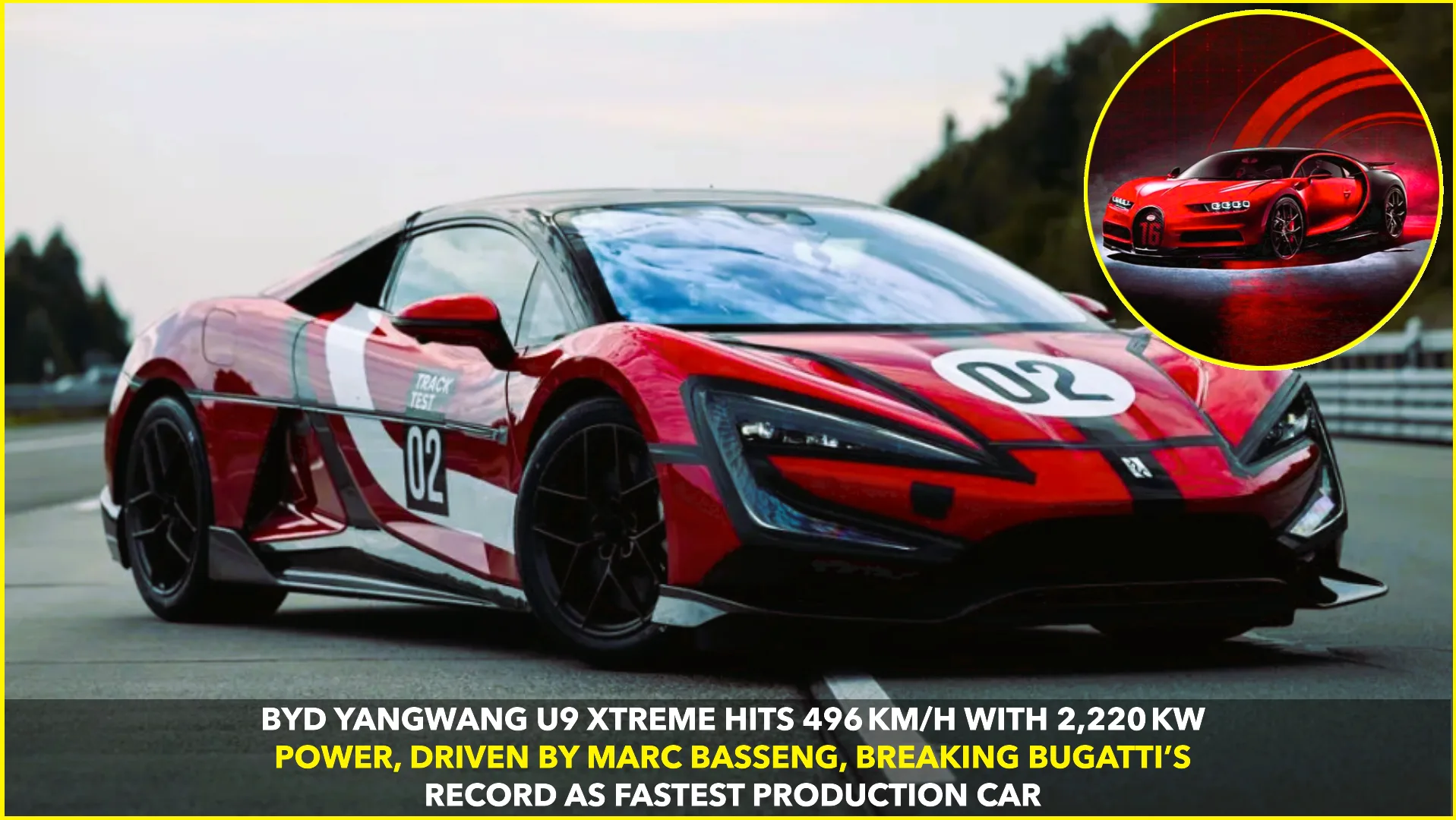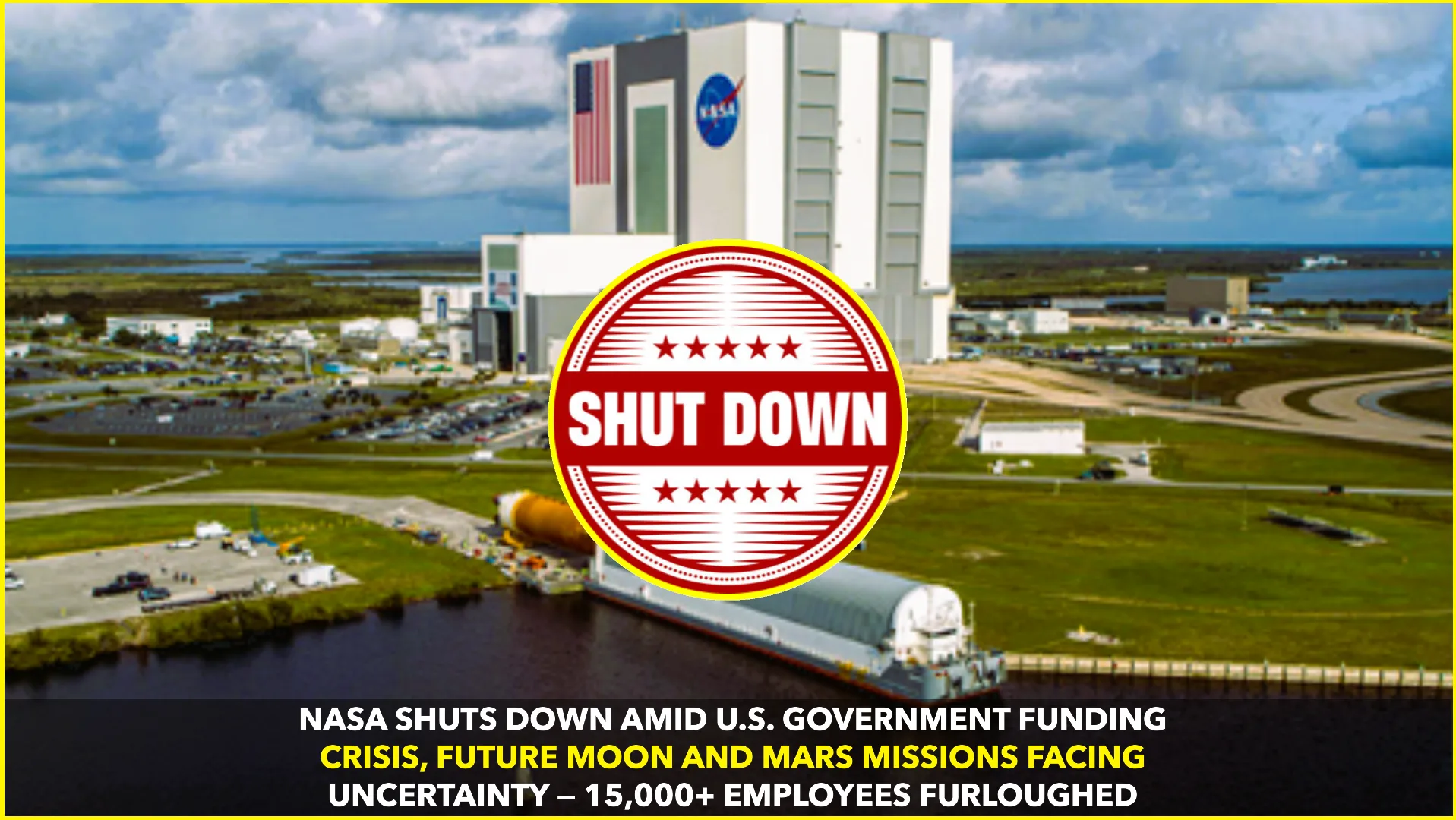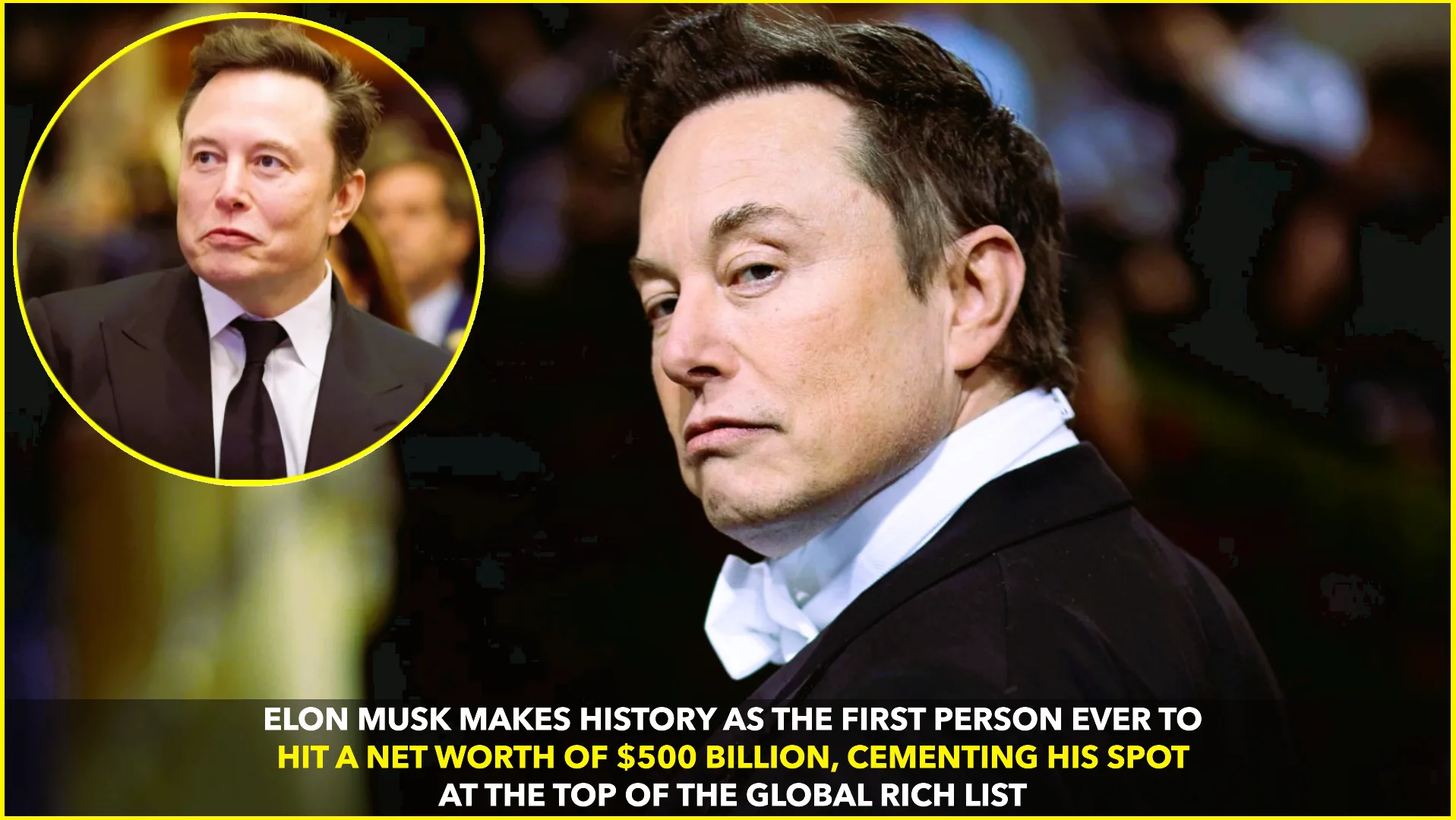History was rewritten on 14 September 2025, when BYD’s electric hypercar Yangwang U9 Xtreme blasted to an astonishing 496.22 km/h (≈ 308.4 mph) at the ATP Automotive Testing Papenburg track in Germany, driven by German racer Marc Basseng. With that run, the U9 Xtreme seized the title of fastest production car in the world, overtaking the Bugatti Chiron Super Sport 300+, which had held the crown for nearly five years. Road & Track+4Autoweek+4Car and Driver+4
This is more than a speed feat—it signals a turning point in automotive history, where electric powertrains no longer chase combustion engines, but outrun them.
A New Speed King
Until now, the Bugatti Chiron Super Sport 300+ had been celebrated for pushing the barrier of 300 mph in production form (about 490.5 km/h). But that barrier has now been shattered by an electric car—heralding a new age for high-velocity performance.
The U9 Xtreme’s record run was not a one-off prototype or concept. It’s classified as a production vehicle (albeit one of extremely limited numbers), making the feat all the more monumental. Sustainability Magazine+3Car and Driver+3Autoweek+3
How It Did It: Tech & Tactics
What enables the U9 Xtreme to defy previously accepted limits? A blend of engineering boldness and electric vehicle advantages:
- The car runs on an ultra-high-voltage 1,200-volt architecture (standard U9 uses 800 V) to deliver greater power and efficiency.
- It uses four high-speed electric motors, one per wheel, combining for over 2,220 kW (roughly 3,000 horsepower) in some reports.
- For the record attempt, the car was fitted with semi-slick tires and a tuned suspension setup (DiSus-X) to maintain stability at extreme speeds.
- Designers also adjusted wheel size (using 20-inch wheels) and narrowed the front track to lower drag and optimize power delivery. Car and Driver+1
In the run itself, Basseng held the throttle steady through three laps: first pushing beyond 300 mph, then further, and finally reaching the 308.4 mph (496.22 km/h) mark. EV Magazine+3Top Gear+3Car and Driver+3 He later remarked that, by computer data, he might have held full throttle a bit longer, but tire loads and safety margins limited the safe window. Top Gear
The Man Behind the Wheel: Marc Basseng
Marc Basseng brings a heavyweight racing pedigree to this achievement. Known for endurance racing success and experience across circuits like the Nürburgring, Basseng’s calm precision at ultra-high speed proved vital. His familiarity with extreme conditions—and confidence in the car’s behavior near 500 km/h—helped turn a bold experiment into a certified record. Car and Driver+1
What This Means for the Industry
This record shatters a long-held perception: that combustion engines are the last frontier for extreme speed. With the U9 Xtreme now in the top spot:
- Electric hypercars are no longer “fast for EVs”—they compete head-to-head with the fastest petrol-powered machines.
- Manufacturers will be pressured to push their EV performance envelopes, especially in aerodynamics, battery tech, cooling, and stability systems.
- Legacy hypercar makers (Bugatti, Koenigsegg, Hennessey) must respond or watch their speed crowns slip away.
BYD and its luxury marque Yangwang now sit at the forefront of that battle. The U9 Xtreme is reportedly limited to just 30 units globally, but the symbolic impact is far greater. Business Insider+2Car and Driver+2
The Chiron legacy — and what’s next
Bugatti’s 304.8 mph (≈490.5 km/h) stand was once the benchmark of internal-combustion dominance. Now, in the age of electrification, that benchmark becomes a stepping-stone, not a peak.
What’s next? Hypercar makers are already eyeing 500+ km/h ambitions. Koenigsegg claims the Jesko Absolut could hit 330 mph in theory. Will it happen on track? Time will tell.
But one fact is settled: the era of high-speed electric cars has arrived, and the Yangwang U9 Xtreme is its first king.










